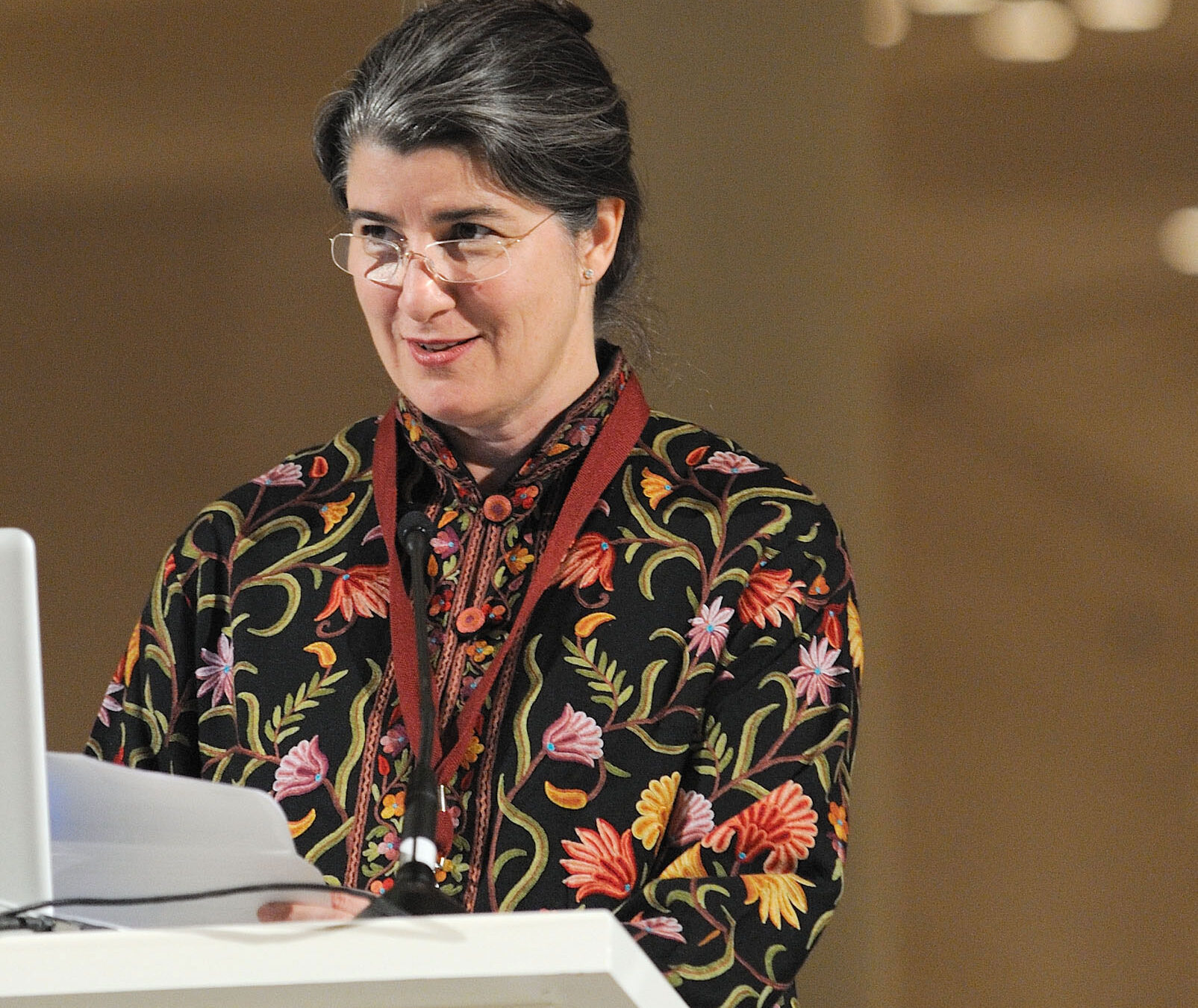- Academics
- Admissions & Enrollment Services
- Research
- Academic & Creative Spaces
- Strategic Partnerships
- Our Impact
- Student Affairs
- Campus & Community
The Fourth Biennial Hamad Bin Khalifa Symposium on Islamic Art Day Two
October 30, 2011
Categories

Virginia Commonwealth University in Qatar in partnership Virginia Commonwealth University School of the Arts and Qatar Foundation hosted the second day of the fourth biennial Hamad Bin Khalifa Symposium on Islamic Art at the Museum of Islamic Art (MIA) in Doha.
God is Beautiful; He Loves Beauty: The Object in Islamic Art and Culture is taking place at the MIA in Doha from 29 to 31 October, 2011 and is open to the public.




The Symposium opened to a full house on Saturday, 29 October in the evening with a welcome by Aisha Al Khater, director of the Museum of Islamic Art. Her Excellency Sheikha Al-Mayassa bint Hamad bin Khalifa Al-Thani then addressed the gathering and thanked her father, the Amir, for the beautiful Museum. This was followed by VCUQatar Dean Allyson Vanstone’s welcome address. “We are delighted to co-host this symposium once again in Doha, a city that is rapidly developing an impressive cultural life and legacy. We are in the midst of a true renaissance, and there is no better place I could imagine for this Symposium than this magnificent building with its extraordinary collection.”



Dean Vanstone went on to recognize and thank His Highness Sheikh Hamad bin Khalifa Al-Thani, the patron of the Symposium; the Qatar Foundation for fourteen years of partnership with VCU; Her Highness Sheikha Moza bint Nasser for her visionary leadership; and Dr. Abdulla al Thani for his unwavering support and guidance.
“My special thanks go to Her Excellency Sheikha Al-Mayassa bint Hamad bin Khalifa Al Thani whose vision and commitment towards the arts has made our gathering here today possible.”



Joseph Seipel, Dean of the VCU School of the Arts, Richmond, Virginia introduced and welcomed the Hamad Bin Khalifa Endowed Co-Chairs of Islamic Art, Sheila Blair and Jonathan Bloom, who have been leading this Symposium since its inception in 2004.
Bloom and Blair spoke about how the Hamad Bin Khalifa Symposia on Islamic Art addressed significant themes and issues in understanding the arts of the Islamic lands. “These symposia seek to make the latest and most interesting scholarships in the growing field of Islamic art available and accessible to a wider audience, ranging from students and scholars to artists, architects, designers and the interested public,” they said.
Paul Goldberger, the Pulitzer Prize-winning author and architecture critic for The New Yorker, delivered the keynote address which focused on the Museum itself as work of Islamic architecture in his talk titled, ‘Islamic Architecture, Modernism, and I.M. Pei: The Challenge of the Museum of Islamic Art.’
He talked about how the building was a symbol of modernist architecture that intertwined the traditional and modern elements and was putting Qatar on the global map. In an hour-long lecture, Goldberger took the audience through Chinese American architect I.M Pei’s career, and the Museums in particular. These included earlier works of Pei like the National Center for Atmospheric Research in Colorado, the John F. Kennedy Library in Massachusetts, the Des Moines Art Center in Iowa, the Johnson Museum at Cornell University and the East Building of the National Gallery of Art. Goldberger went on to elaborate how buildings like the Rock & Roll Hall of Fame in Cleveland, Ohio sowed the seeds for the kind of work Pei would eventually do while designing the Museum of Islamic Art – most prominently it being set on the water’s edge, away from the city and isolated from other buildings, but with a view of the city skyline.
He talked about Pei’s more controversial Pyramid entrance in the Louvre courtyard and how Pie worked on three monumental structures while in retirement – the Miho Museum in Kyoto, Japan, the Suzhou Museum near his childhood home in China, which influenced a lot of the work he did on his final masterpiece, the Museum of Islamic Art in Doha.
Goldberger mentioned all the research Pie had done although he had never worked in the Middle East and that while the Museum may not have been influenced by Islamic architecture, it did focus on Pie’s trademark elements, the circle, the triangle and the square, walls and spaces, which were also found in Islamic architecture, and the Museum was a perfect example of a monument bringing the modern world to Islamic culture and the other way round. “This building (the MIA) is the capstone of Pei’s lifelong quest,” concluded Goldberger.
The second day opened of the Symposium opened with Blair Bloom’s opening remarks, followed by the first presentation by Francois Deroche titled Of Volume and Skins. The talk focused on the parchment of the Tashkent Qur’an. Deroche teaches about the history and codicology of the Arabic manuscript at the Ecole pratique des hautes etudes in Paris.
The next presentation by Julia Gonnella, curator of the Museum of Islamic Art in
Berlin, discussed the Stucco of Samara and the three extraordinarily well-preserved stucco panels in the MIA.
Curator of Cultural Heritage for the Andalusian regional government, Antonio Vallejo Triano’s presentation dealt with the Architectural Decoration in the Umayyad Caliphate of al-Andalus: the Example of Madinat al-Zahra with emphasis on the official buildings, their typological variety and the various sources on which the whole caliphate ornamental program was based.
The morning’s presentations ended with Emilie Savage-Smith, The Stars in the Bright Sky: The Most Authoritative Copy of ‘Abd al-Rahman al-Sufi’s 10th-century Guide to the Constellations, which was based on the astronomer’s treatise, and a copy of which was made in Baghdad and authenticated by the author himself, which is now in the Museum’s collection.
Tagged As

